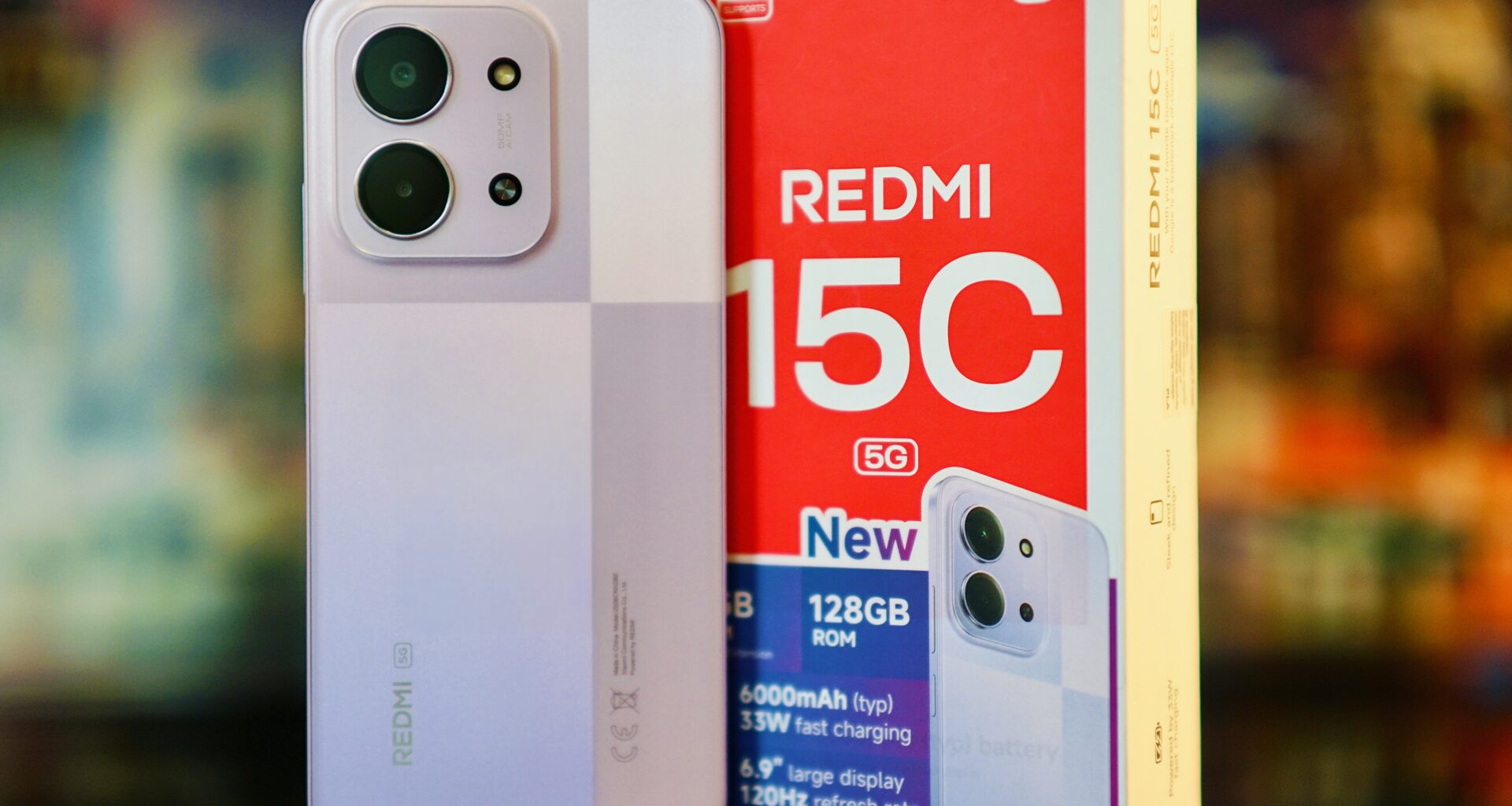The EU has been mandating this for several months now: software updates are now mandatory for all smartphone manufacturers, even long after a smartphone is no longer available in retail. And yet, many companies are struggling with this, especially with inexpensive devices.
There are probably several reasons for this. Firstly, such updates are time-consuming. After all, they have to be customized for each device to ensure the drivers are compatible with the individual hardware configuration. And for devices that sell for less than $200, this is simply not worthwhile for manufacturers.
For a long time, there was also the question of whether Google’s Android (as the basis of many operating systems) and certain SoC manufacturers would still be able to guarantee compatibility in many years’ time.
However, many of these concerns seem to have now been resolved, as Xiaomi is taking a bold step with a fairly inexpensive smartphone and promising 6 years of security updates, i.e., until 2031. The phone in question is the Xiaomi Redmi 15C 5G, which costs the equivalent of just under $200 in various countries and currencies.
However, there are a few points to keep in mind:
Regarding new Android OS versions, Xiaomi has only stated that Android 17 will definitely be released. Whether further major system updates will come is open to question.Xiaomi doesn’t specify how frequently updates will be released. So, it’s possible that a security patch will only be released once a year in the future.
Now, one could argue that Samsung promises 6 years of security and operating system updates for its affordable phones. However, we explain why this promise is shaky in our Galaxy A17 5G review.
Xiaomi doesn’t make any restrictions regarding its update promise, so users can be reasonably confident that there will actually be long-term updates. Other manufacturers like Fairphone have been demonstrating for some time that this is indeed possible.
Those wanting to take a closer look at the Xiaomi Redmi 15C 5G are advised to read our detailed review.
I initially wrote about gaming laptops when I joined Notebookcheck in 2009. I was then involved with the setup of the comparison portal Notebookinfo and worked with social media concepts for large companies like BMW and Adidas, while also returning to work for Notebookcheck in 2012. Nowadays, I focus on smartphones, tablets, and future technologies. Since 2018 I have been Managing Editor for mobile device reviews, working alongside my colleague Daniel Schmidt.
 Translator: Jacob Fisher – Translator – 2296 articles published on Notebookcheck since 2022
Translator: Jacob Fisher – Translator – 2296 articles published on Notebookcheck since 2022
Growing up in regional Australia, I first became acquainted with computers in my early teens after a broken leg from a football (soccer) match temporarily condemned me to a predominately indoor lifestyle. Soon afterwards I was building my own systems. Now I live in Germany, having moved here in 2014, where I study philosophy and anthropology. I am particularly fascinated by how computer technology has fundamentally and dramatically reshaped human culture, and how it continues to do so.


